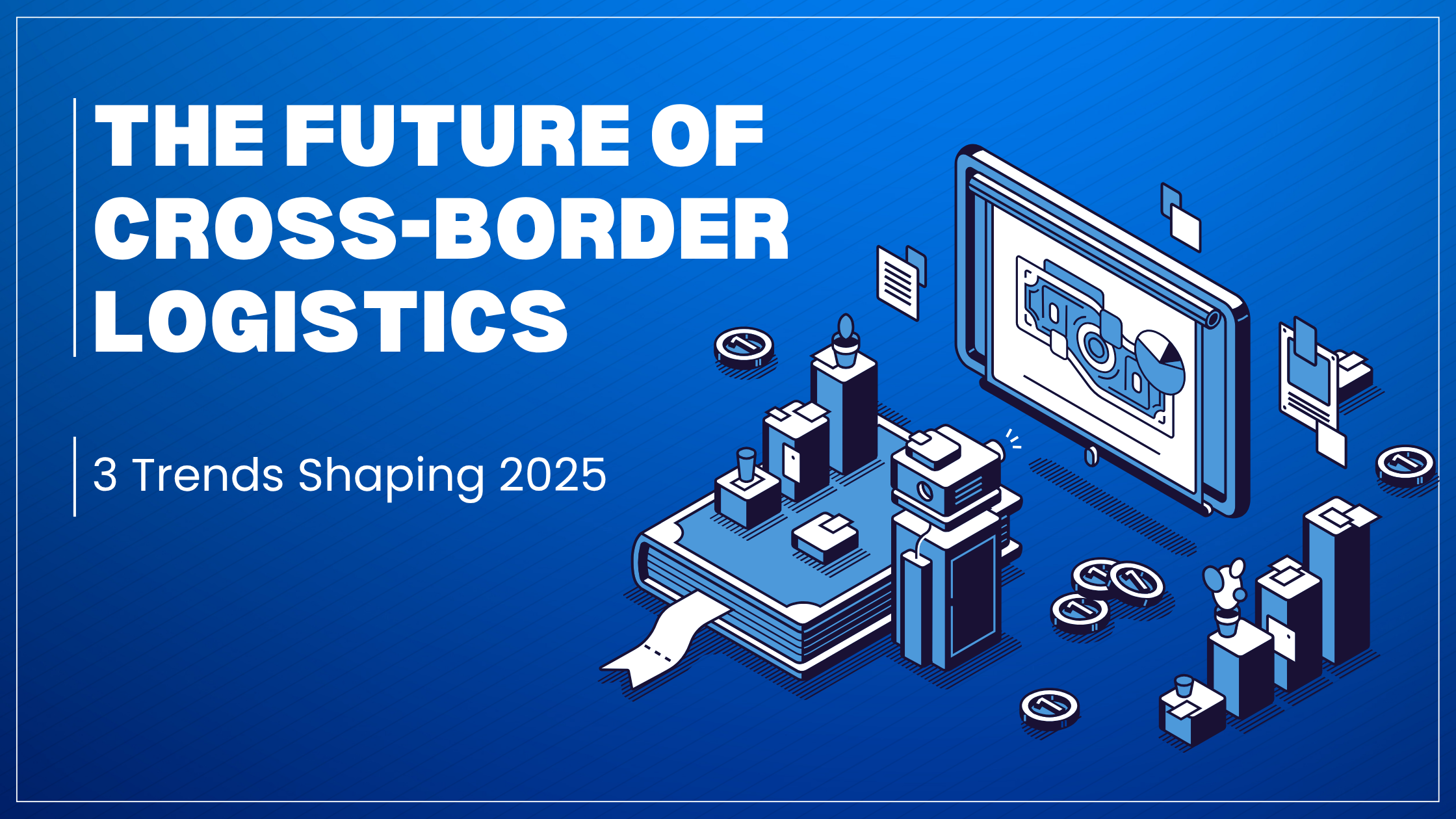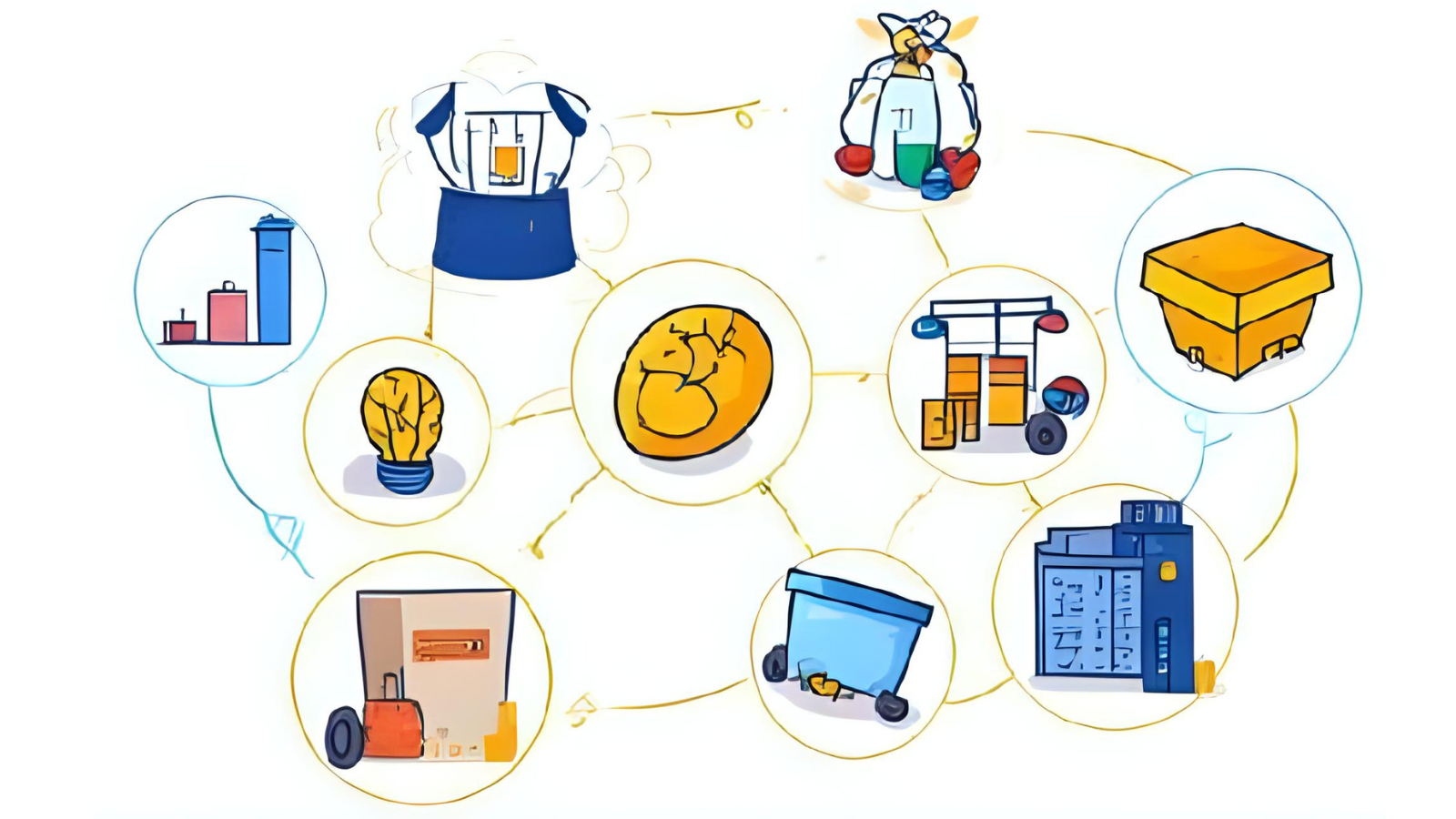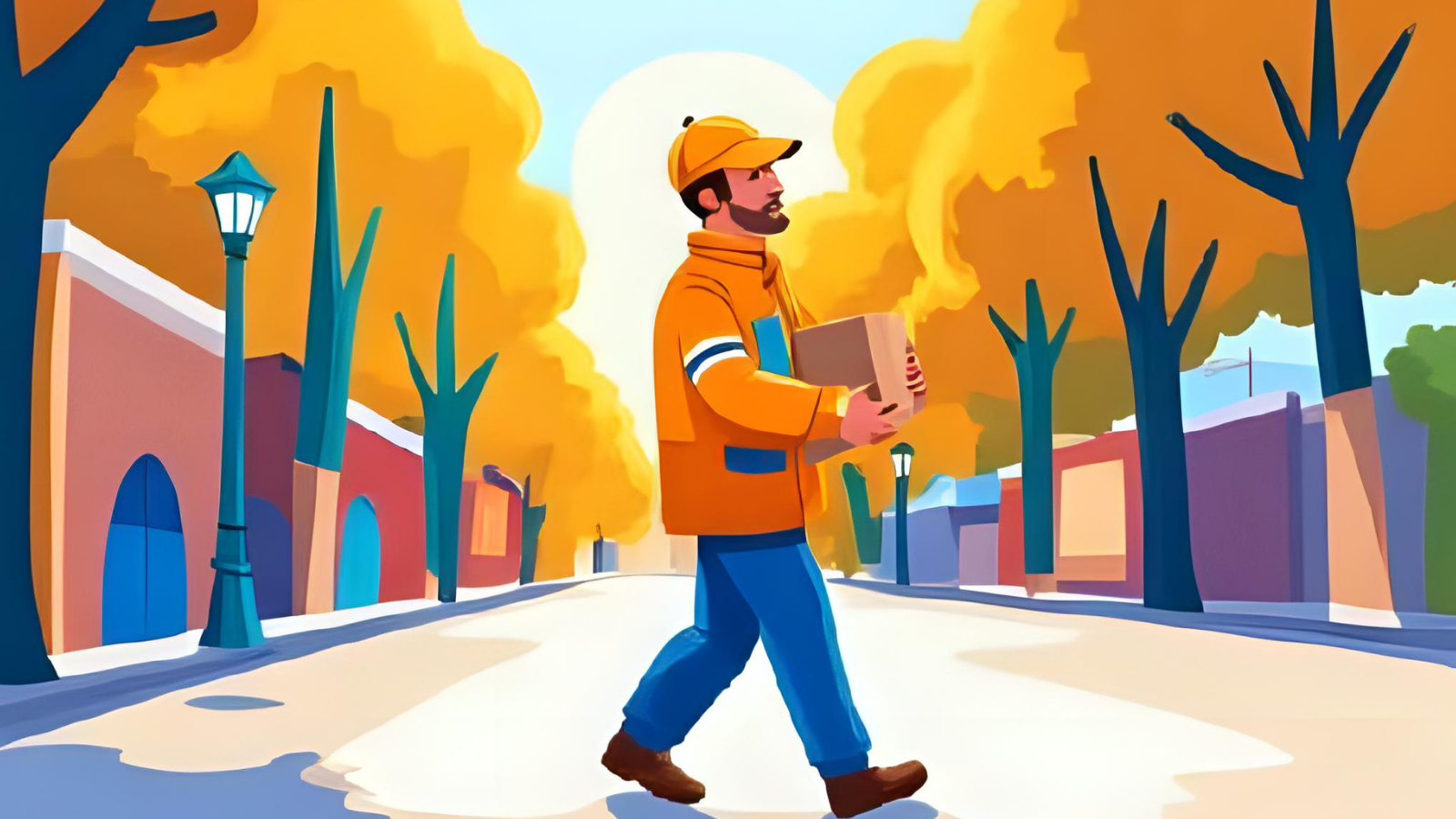
In 2025, cross-border logistics stands at a pivotal moment. As global trade evolves and the expectations of Western customers shift toward faster, smarter, and more resilient delivery models, logistics providers must stay ahead of emerging trends. For companies like FF Logistics—specializing in China-Europe and China-US fast lanes—this means balancing our hands-on warehouse operations with forward-looking strategies that drive value for clients in Western Europe and North America.
According to the Maersk Global Logistics Outlook 2024, three macro trends are redefining the logistics industry:
1.Supply Chain Diversification
2.IoT-Driven Visibility and Data
3.Innovation in Last-Mile Delivery
In this article, we explore how these trends are shaping global logistics in 2025 and how FF Logistics is helping customers navigate this evolving landscape with agility, transparency, and speed.
1. Supply Chain Diversification: Risk Reduction Through Flexibility
In the aftermath of the COVID-19 pandemic, the Suez Canal blockage, and rising geopolitical uncertainties, companies are moving away from single-source dependency. Maersk's report shows that more than 68% of supply chain leaders in Western markets are pursuing diversification strategies in 2025 to build greater resilience and mitigate future disruptions.
At FF Logistics, we’ve witnessed this transformation firsthand. Many of our clients—particularly in Germany, France, the Netherlands, Canada, and the U.S.—are adopting the “China + 1” sourcing model, where they continue to manufacture in China while expanding operations to Southeast Asian countries like Vietnam or Thailand.
To support this trend, we offer consolidation and transshipment services at our Shenzhen hub. For instance, a German electronics brand working with suppliers in both Guangdong and Ho Chi Minh City now ships all goods to our facility for unified packaging, quality inspection, and document processing. We then ship via our China–Europe express rail route, reducing overall shipping lead time by 12% and cutting logistics costs by 7%.
This type of integrated, multi-origin logistics is no longer a luxury—it’s essential for international businesses to stay competitive in today’s volatile supply chain environment.
2. IoT-Powered Visibility: Enabling Smarter Cross-Border Decisions
In a fast-paced global supply chain, information is as important as movement. Businesses now demand not only fast delivery but full visibility over every leg of the shipment journey. According to Maersk, over 73% of logistics decision-makers are investing in Internet of Things (IoT) technologies to provide that visibility in real-time.
Although FF Logistics does not currently operate fully automated or AI-powered warehouses, we leverage IoT-based tracking systems to provide our clients with transparent, real-time shipment monitoring. Every parcel shipped via our China–Europe or China–U.S. fast lanes is tagged with a smart tracking label, enabling GPS-based updates at key milestones—pickup, export clearance, in-transit checkpoints, and final-mile delivery.
One of our U.S.-based clients in the fashion e-commerce sector saw a 23% drop in “Where is my order?” inquiries after switching to our IoT-enabled tracking solution. This not only improved their customer service efficiency but also enhanced brand credibility among their buyers.
Additionally, our clients can access a centralized dashboard to view all active shipments, delivery timelines, customs clearance statuses, and any exceptions—providing them with the confidence and control they need to manage international logistics with greater precision.
Data Reference: According to a 2023 Deloitte study, logistics providers using IoT-enabled tracking saw a 25% improvement in on-time delivery and faster resolution of in-transit delays.
3. Last-Mile Innovation: Meeting the Rising Expectations of Western Buyers
As cross-border e-commerce continues to grow—particularly in North America and Western Europe—the last mile is becoming the most complex and expensive part of the delivery journey. Buyers now expect not only fast delivery but also flexible options like parcel lockers, weekend delivery, and real-time updates.
Maersk’s report identifies last-mile delivery innovation as the top challenge facing logistics providers by 2025.
At FF Logistics, our strategy focuses on optimizing upstream efficiency to empower downstream success. In our China–U.S. express service, we now pre-sort shipments by ZIP code at our Shenzhen warehouse. This allows major U.S. carriers like UPS and FedEx to process and deliver parcels more quickly upon arrival, cutting down handling time and reducing last-mile bottlenecks.
In a recent collaboration with a Canadian skincare brand during their seasonal promotion, our pre-sorting model helped reduce delivery exceptions by 18% and shortened final-mile delivery by 2..5 days—even during peak season.
Looking ahead, FF Logistics is exploring partnerships with local fulfillment hubs and micro-warehouses in major Western cities such as Los Angeles, Paris, and Berlin. By integrating with local infrastructure, we aim to offer faster, more flexible delivery models while maintaining end-to-end visibility.
Industry Data: A 2023 McKinsey study shows that parcel lockers and micro-fulfillment centers can reduce last-mile costs by up to 30% while improving on-time rates.
Looking Forward: Practical Innovation Over Hype
At FF Logistics, we believe the future of logistics is not about flashy AI or replacing humans with robots. It’s about practical innovation—layering smart technologies over dependable operations, and balancing digital tools with human expertise.
While our warehouses are still manually operated by experienced teams, we focus on smart routing, consolidation, and data-driven decision-making to stay competitive. Our goal is not to chase trends, but to help our clients—from emerging brands in France to retailers in the U.S.—build smarter, more efficient cross-border supply chains.
We continue to invest in visibility, process integration, and lane-specific optimization, ensuring we can meet the high expectations of Western customers in 2025 and beyond.

Final Thoughts
The global logistics industry in 2025 is defined by transformation. The old models—relying on single suppliers, manual tracking, and inflexible delivery—no longer meet the demands of the modern consumer or retailer. At FF Logistics, we are embracing this change while staying true to what makes logistics successful: reliability, adaptability, and visibility.
Whether you're shipping from Shenzhen to Chicago or from Yiwu to Berlin, FF Logistics is your partner in building a resilient and modern cross-border logistics solution—delivered with speed, accuracy, and a human touch.
Sources
Maersk Global Logistics Outlook, 2024
Deloitte IoT in Supply Chain Report, 2023
McKinsey & Company, “The Future of Last-Mile Logistics,” 2023
Copyright © 2025 FF Logistics Ltd. All rights reserved.






